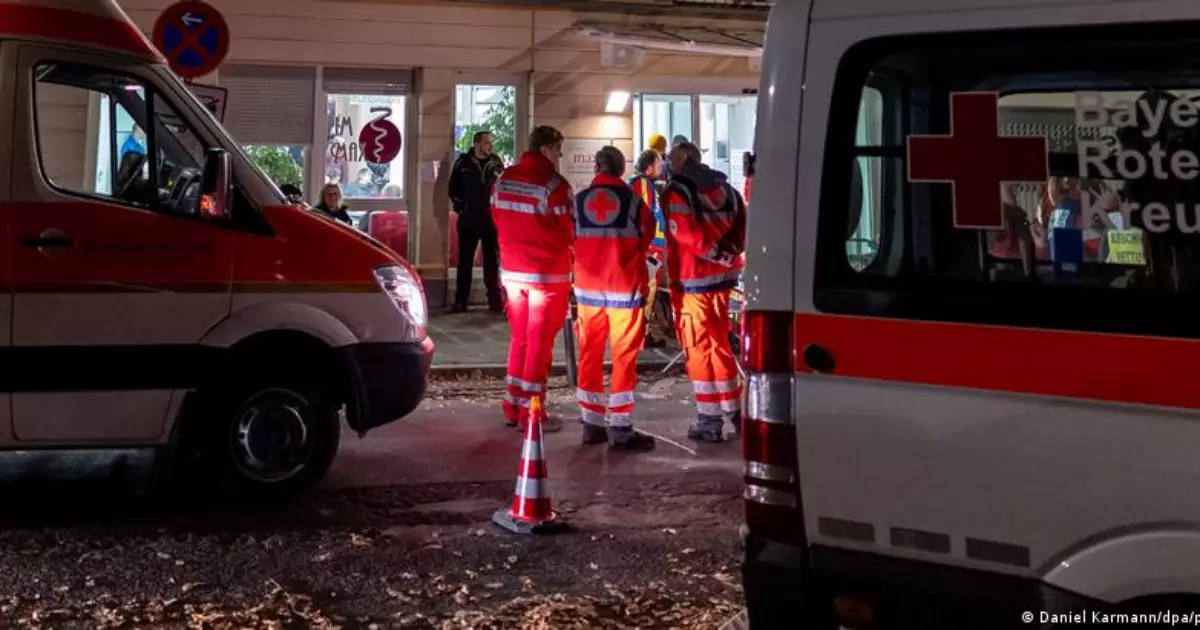
An explosive device discovered during construction work in the city of Nuremberg was successfully defused this Saturday. Incidents in which conflict-related bombs are discovered at construction sites and construction sites are occurring frequently across the country. On Saturday (11/15), a World War II bomb was discovered in the southern German city of Nuremberg, causing the evacuation of 21,000 people. In the end, the artifact was successfully deactivated during the night.
It took three explosive ordnance removal experts about an hour to deactivate the explosives from the bomb, which weighed about 450 kilograms.
After deactivation, the bomb was removed and residents were able to return to their homes.
Before the evacuation, roads and railways within a radius of 800 meters were cut off, and about 21,000 people had to leave their homes and apartments.
City officials say it is the largest evacuation operation ever carried out in Nuremberg after the discovery of a World War II-era bomb.
The bomb was discovered this week during construction work on Avenarius Street in the Großreuth district in the city’s west.
Hundreds of emergency teams are on the scene
From 7:30pm (local time) on Friday, police began blocking roads in the affected area. Vehicles equipped with loudspeakers patrolled the area to inform residents.
Transport buses transported the victims to the school center at Berlin Platz (Berlin Platz), where a care center was set up.
Authorities also asked residents to leave their homes as soon as possible and stay with relatives and friends.
Approximately 500 firefighters, 250 rescue volunteers, 60 THW members and more than 100 police officers took part in the operation to assist teams in defusing the explosives.
A recurring problem in Germany
Incidents in which World War II bombs are discovered at construction sites and sites are occurring frequently across the country.
In September, two World War II bombs were discovered in different parts of Berlin, forcing more than 20,000 residents to evacuate their homes.
In August, security teams defused a British-made bomb discovered in Dresden, eastern Germany. The task of dismantling the 250 kg device required the evacuation of 17,000 people living within a 1,000 meter radius of the device’s location.
In June, Cologne had to evacuate 20,000 people to defuse three bombs dropped by US military planes during World War II. More than 1,600 explosive devices were defused last year in North Rhine-Westphalia, where the city is located.
In 2024 alone, experts collected 90 landmines, 48,000 hand grenades, 500 incendiary bombs, 450 high-powered bombs weighing more than 5 kg, and around 330,000 rounds of ammunition in the state of Brandenburg around Berlin.
Cities like Frankfurt are also facing problems. In 2018, 60,000 people had to leave their homes to defuse explosives.
In 2012, a bomb had to completely explode in Munich. A similar procedure often occurs when devices are discovered at the bottom of rivers such as the Elbe or the Rhine.
This issue also affects several neighboring countries. In France and Belgium, ammunition from both world wars, especially from World War I, is regularly found in areas such as Verdun and the Somme.
In Italy, a drought in the Po River Valley in 2022 brought ancient explosives to the surface. In the UK, a German-made bomb weighing one tonne exploded in a controlled manner in Exeter in 2021, damaging more than 250 buildings.
JPS (dpa, dw, ots)



